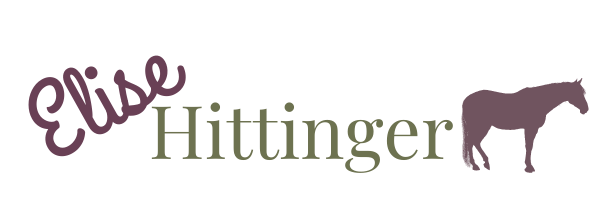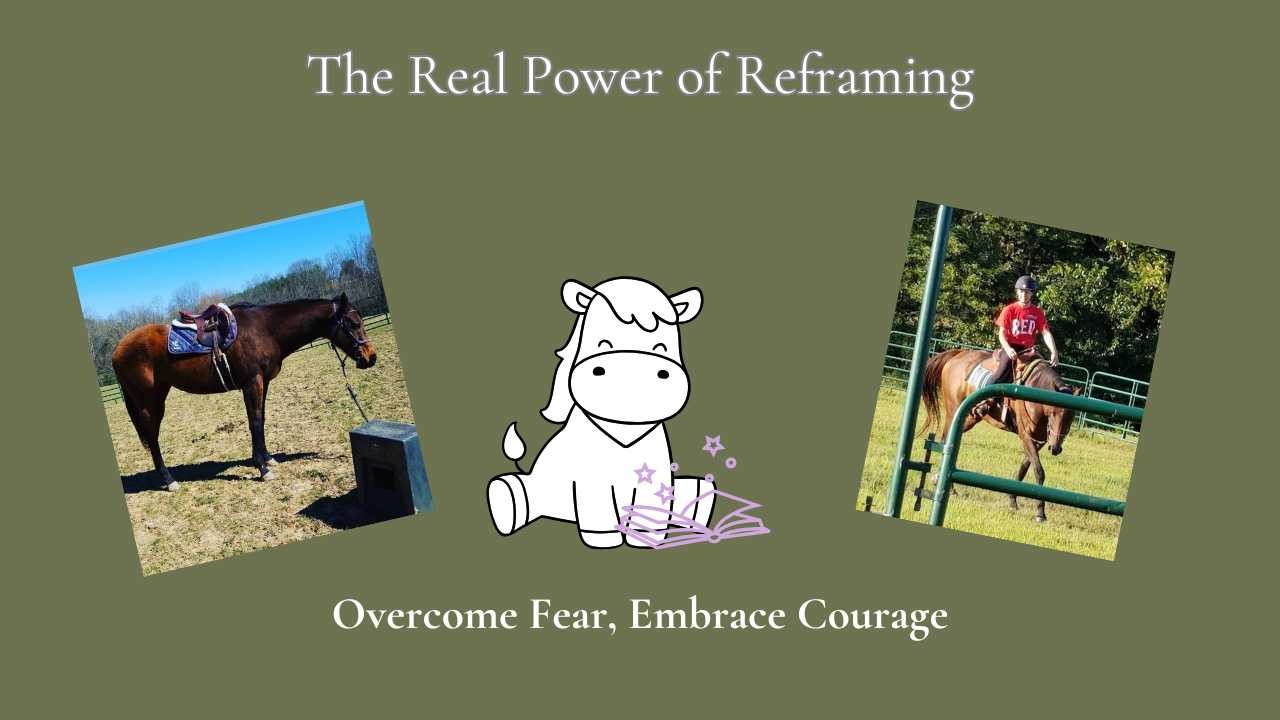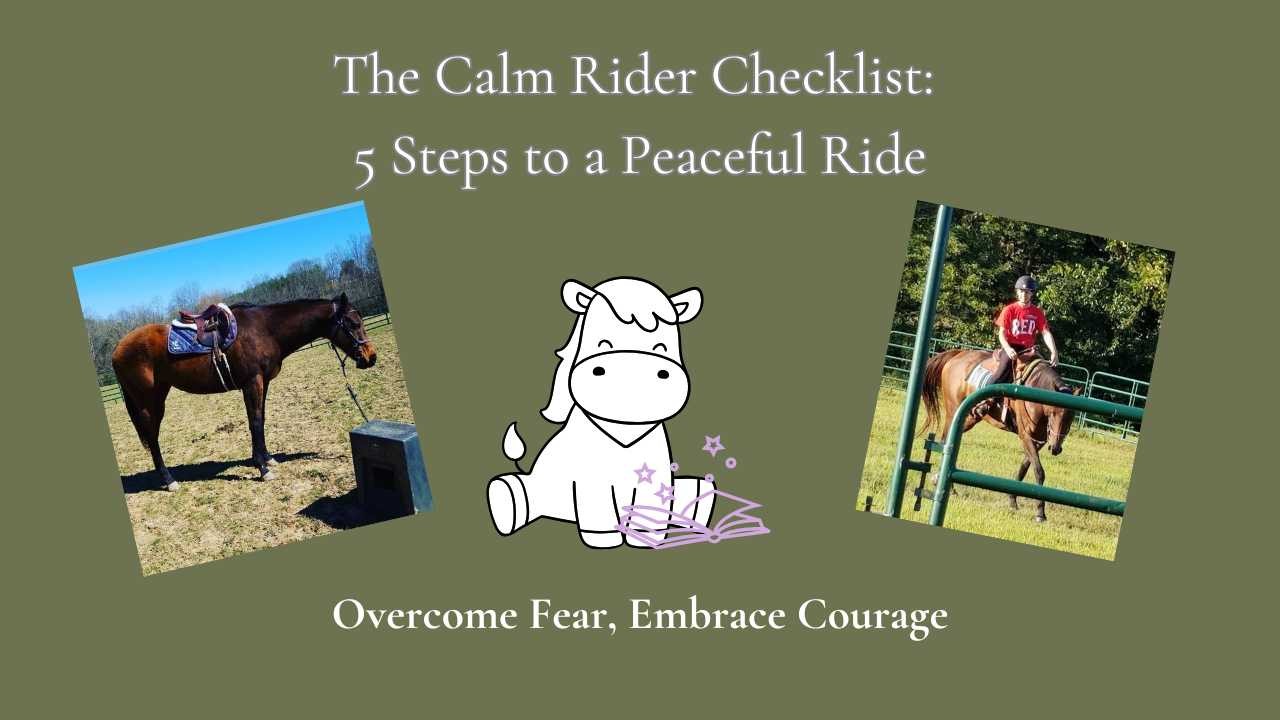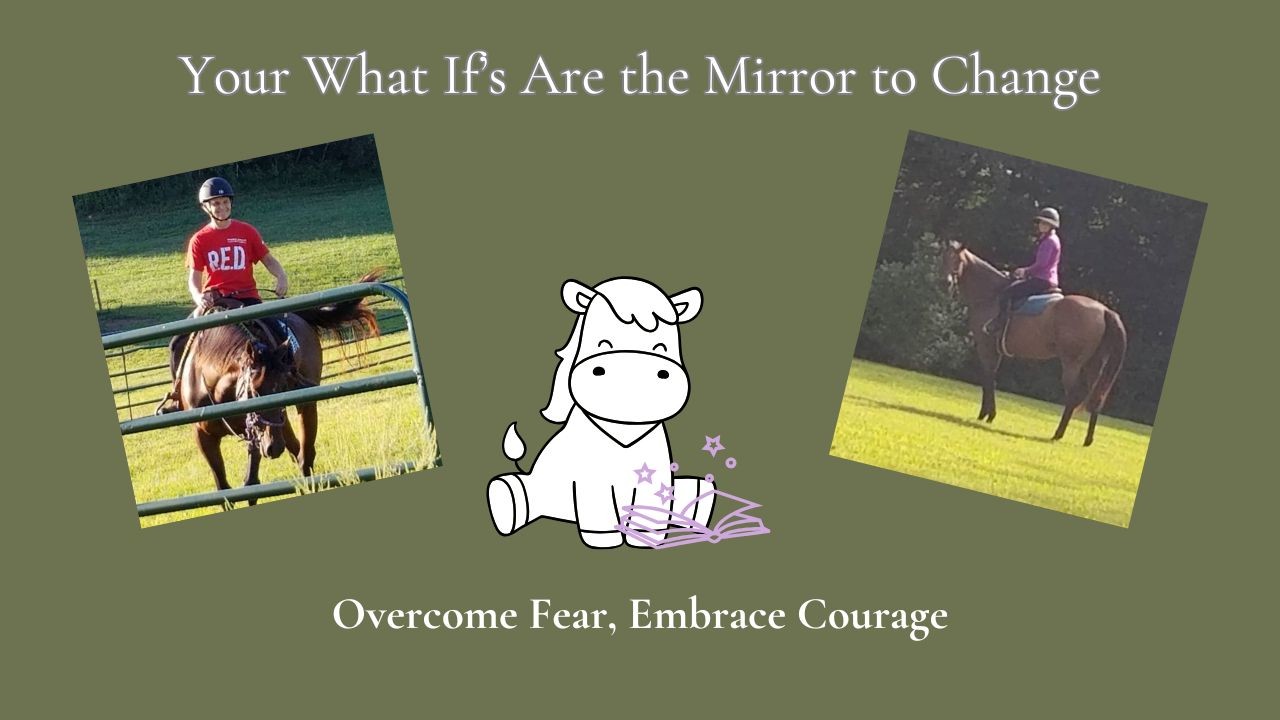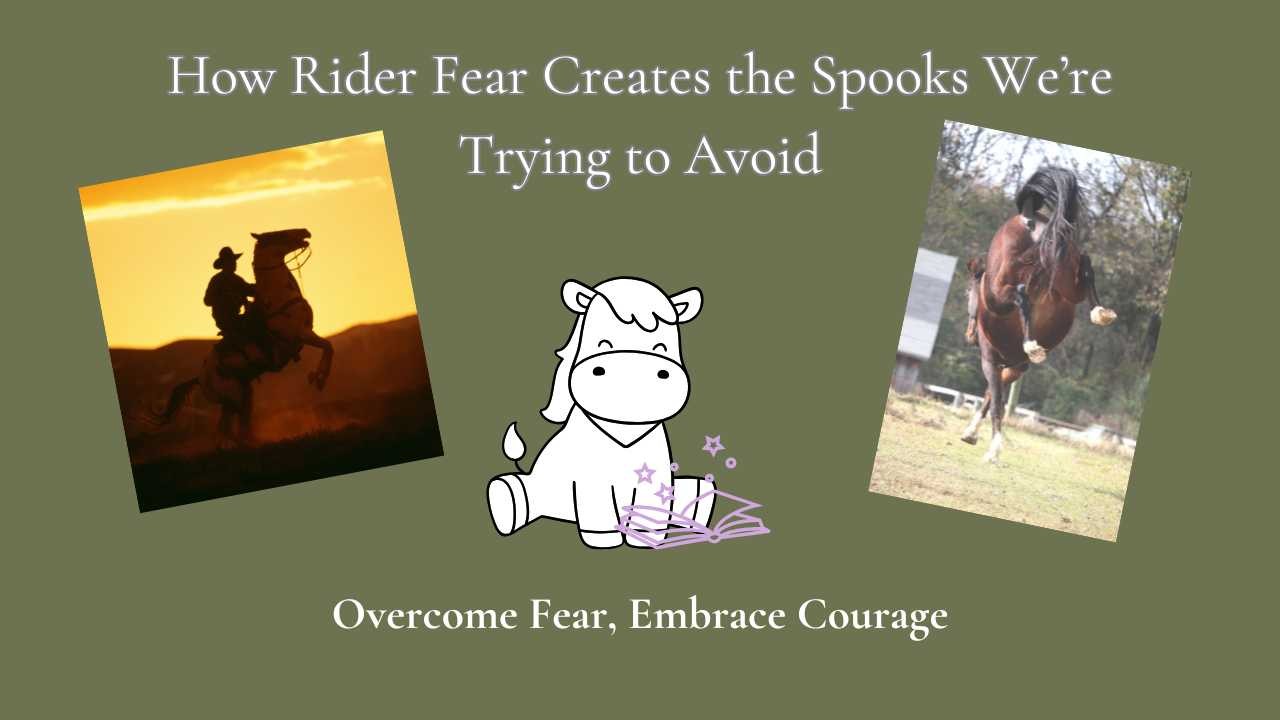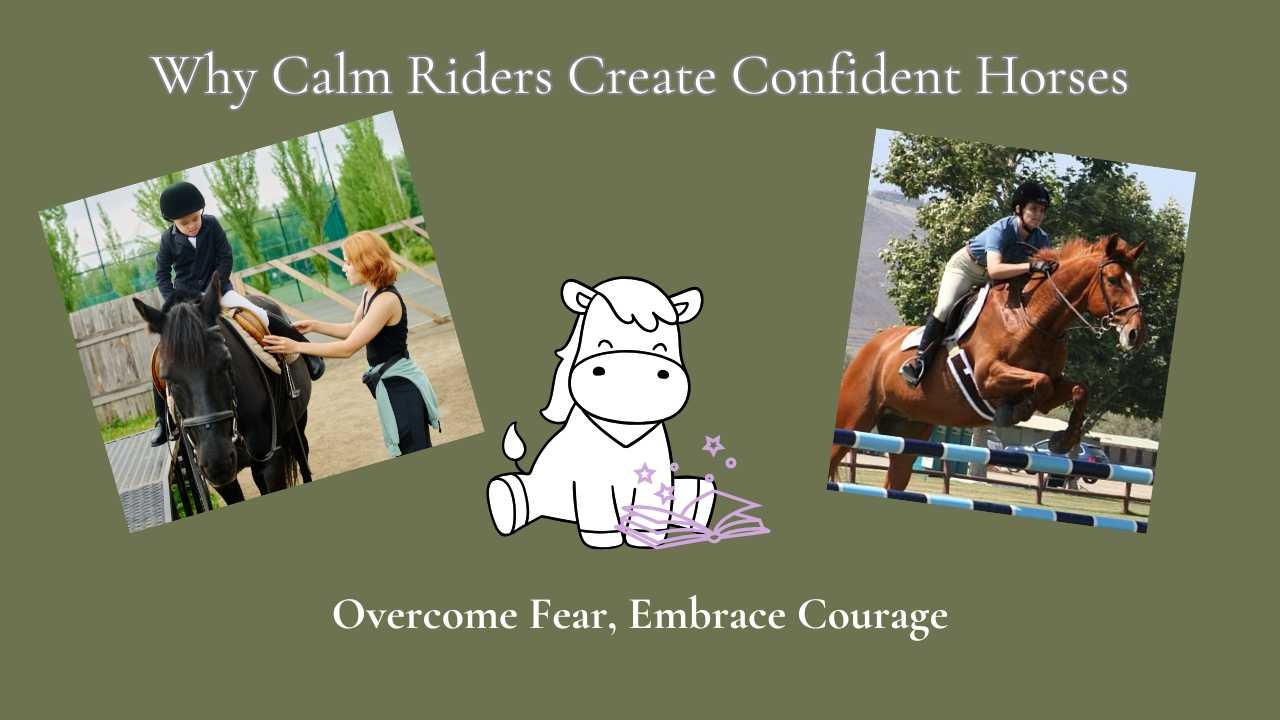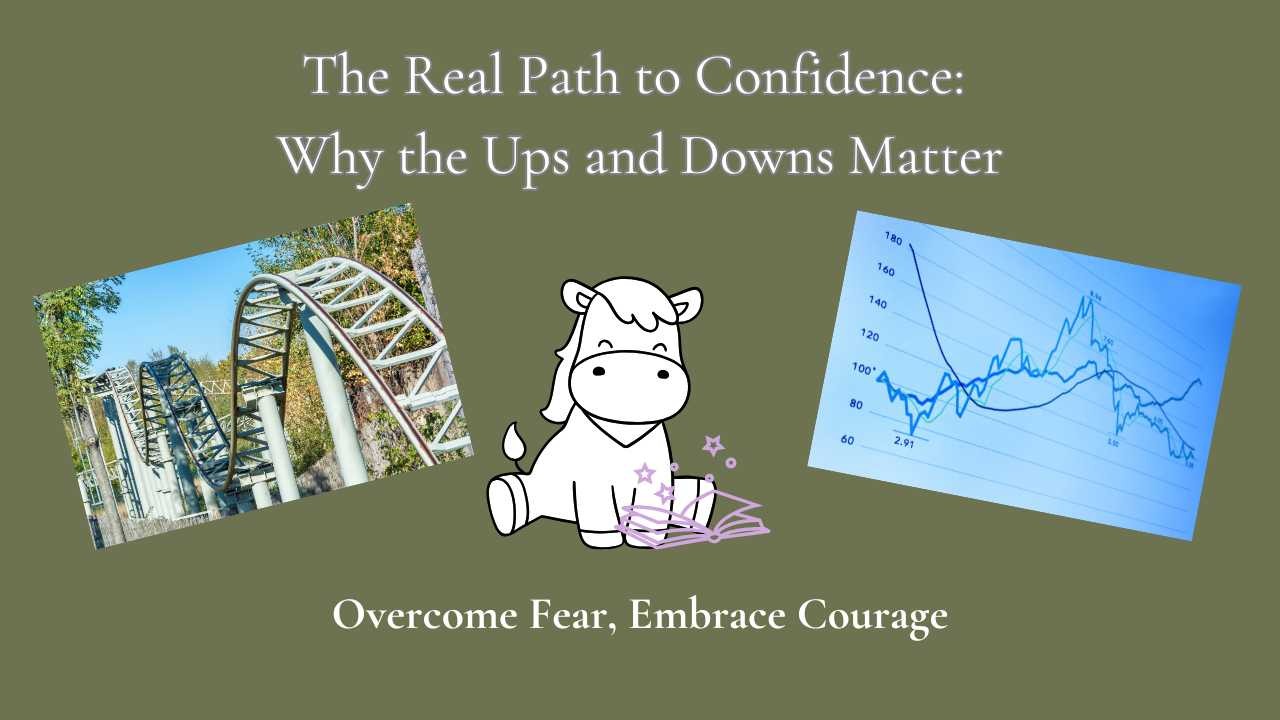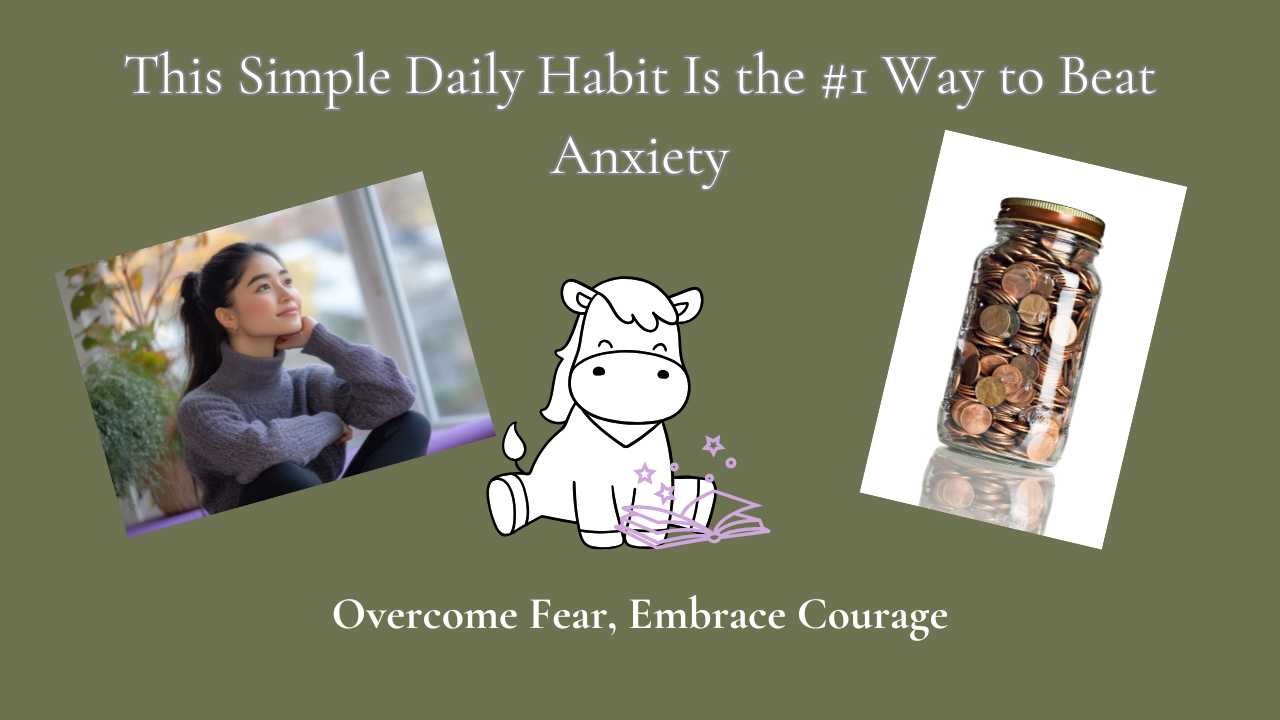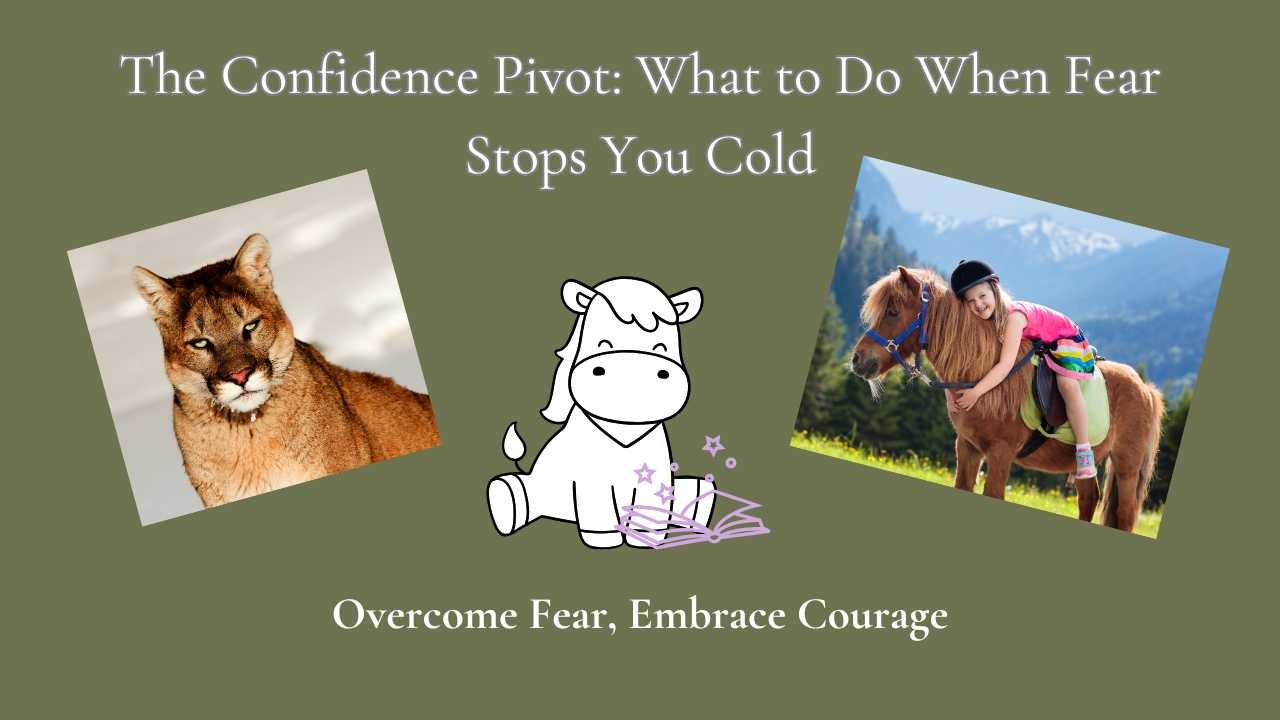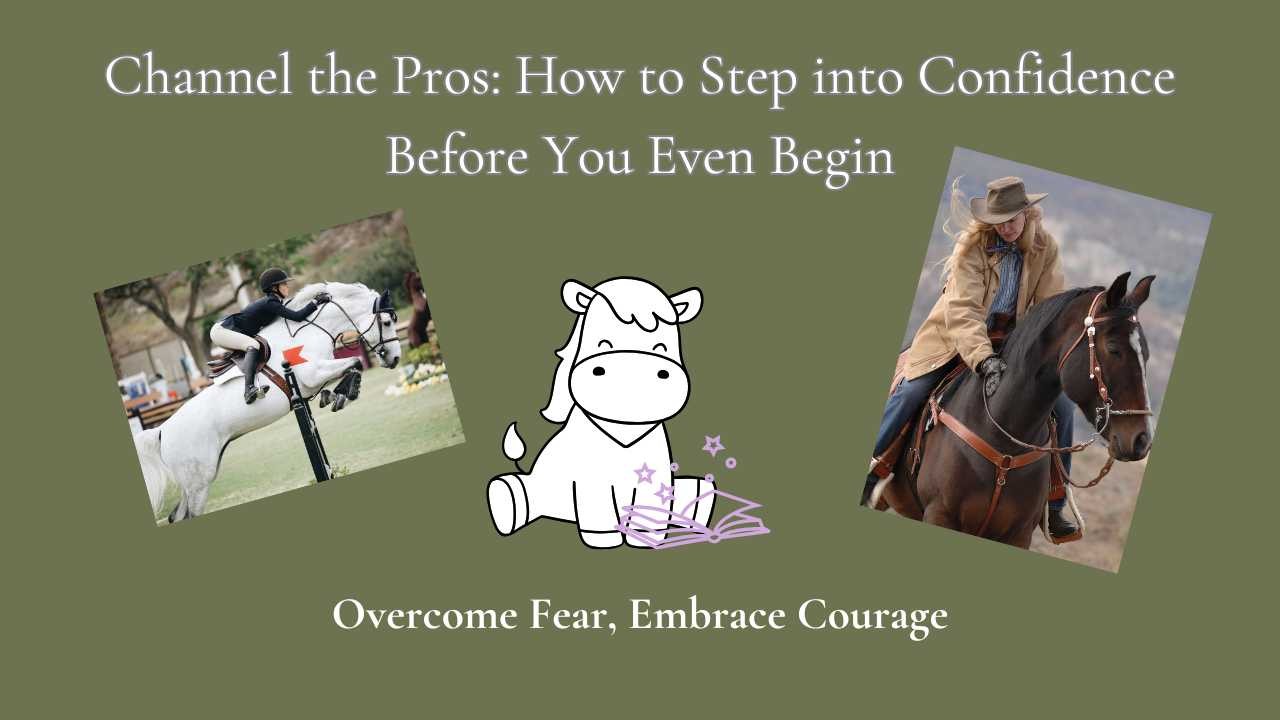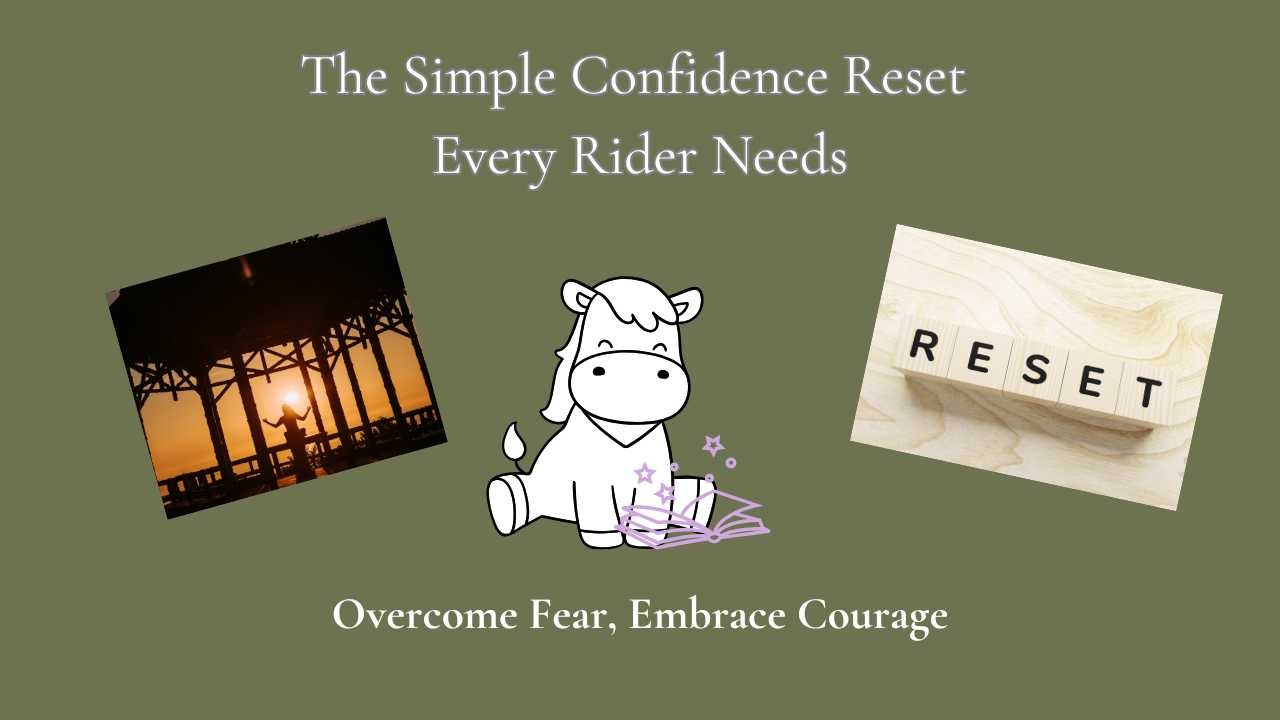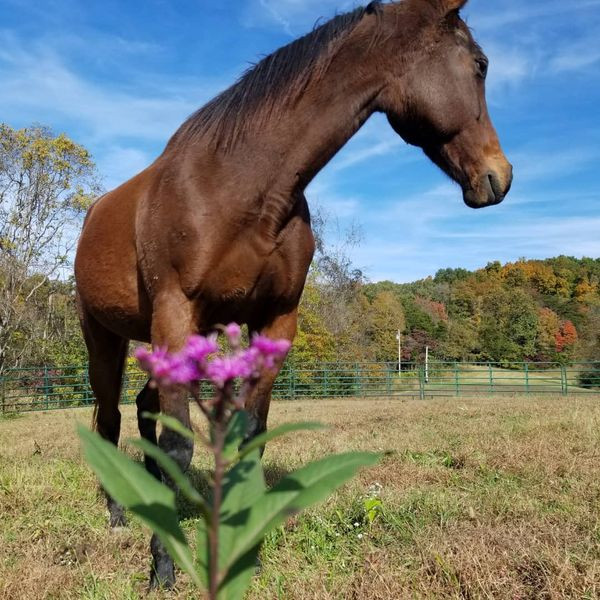
One of my favorite childhood memories is playing tag while swimming on our horses in the hot summer of the San Fernando Valley. The heat was intense, but the thrill of riding into the water until our horses couldn’t touch was pure joy. The rules were simple: whoever let their horse touch the ground would be “out” and have to sit in the sun while the rest of us played on. It wasn’t just the game that made those days so memorable, but how our time with our horses made us feel—free from stress and worries.
Looking back, I realize how much riding helped us release the pressures of daily life. The more we rode, the less the world around us affected our sense of peace. Whether we were competing or enjoying a quiet trail ride, being with our horses was an instant stress reliever. It taught me that sometimes, the best way to reset emotionally is to step away from life’s demands and reconnect with something that brings us joy.
The Science Behind Stress Relief
Research shows that spending time with horses can reduce stress and anxiety. The act of riding encourages the release of endorphins—those "feel-good" hormones that promote relaxation. Additionally, interacting with horses has been found to lower levels of cortisol, the hormone related to stress. Simply being around horses helps us regulate our emotions and stay present.
The Healing Power of Horses: How Their Energy Calms Us
Horses don’t just help us unwind; they actively guide us to calm. One of the most fascinating aspects of spending time with horses is how attuned we become to their rhythms. Horses have a slower heartbeat (40-60 beats per minute) compared to our faster pulse. When we’re near them, our heartbeat naturally syncs with theirs, a process known as "entrainment." This helps lower anxiety and promote calm.
Similarly, a horse’s rhythmic breathing encourages us to adopt a more relaxed, steady breathing pattern, which also reduces stress. Horses are also highly intuitive creatures. They can sense our emotions and energy, responding to our body language and even our thoughts. This creates a profound connection, where simply being in the presence of a calm, grounded horse helps us feel more centered ourselves.
By engaging with our horses, we tap into their natural ability to balance and soothe, making riding not just an activity, but a full-body, soul-soothing experience.
Let Horses Help You Find Your Peace
If you’re looking for extra support to enjoy riding again, my Courage Coaching Program is here for you. Together, we’ll work on strategies to strengthen your mindset, embrace challenges, and turn setbacks into steppingstones. Whether you want to improve your riding performance or build confidence in everyday life, I’m here to help.
Click HERE to learn more and join the program. Let’s tackle this journey through stress together!
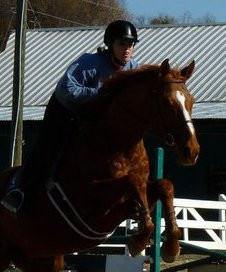
When I was 8, I would get up at 2 or 3 am in the morning while it was still pitch black out. I would put the bareback pad and bridle on my pony and we would head up into the mountains. I would pause and watch the amazing sunrise from a mountain peak and just bask in how good the first sun rays feel. Then I would turn for home and race home to get cleaned up and off to school. I go back to this memory a lot. After my accident, I lost the confidence of this little girl and I had to get it back. Whether you have had an accident, or just anxiety and fear creeping in with age, we don't have to stay there. We can turn back the hands of time and become that fearless kid again.
Here are my first three tips for confidence when back in the saddle:
1. Practice, Practice, Practice. The more we repeat something, the more the anxiety and fear fade. The first time will be the hardest as long as we focus on the success of doing the first time. Just keep doing the little, small steps, over and over until they seem as easy as brushing your teeth. Muscle memory helps with the mind too!
2. Work on the little things. Pick 5 or 6 things to play with for each ride. Circle, figure eight, backing, move shoulders, move haunches, walk/halt/walk transitions, whatever it is for you, pick the easiest things first until they are really good.
3. Practice Balance. When standing on the ground, you are solid. Practice putting weight in your stirrups. Move one slightly ahead of the other. Please with your weight in the stirrups and just see how it feels. What if you have almost no weight in the stirrups. What if you put all your weight in and stand in two point. Play with it and develop the balance the works for you. Think about a child on someone's shoulders. If they lean they and the person carrying them are off balance. You are the child on the horse as far as balance goes. Really take some time and play with your balance and weight in your stirrups. Alicia Dickenson says 80% of the weight in the stirrups at all times. I can say that this is when I feel most balanced too. I feel like I can ride anything that might happen.
Beat Your Anxiety!
If you’re looking for extra support to face your riding anxiety head-on, my Courage Coaching Program is here for you. We’ll work on strategies to strengthen your mindset, embrace challenges, and turn setbacks into steppingstones. Whether you want to improve your riding performance or just build more confidence in everyday life, I’m here to help.
Click HERE to learn more and join the program. Let’s tackle this journey together!
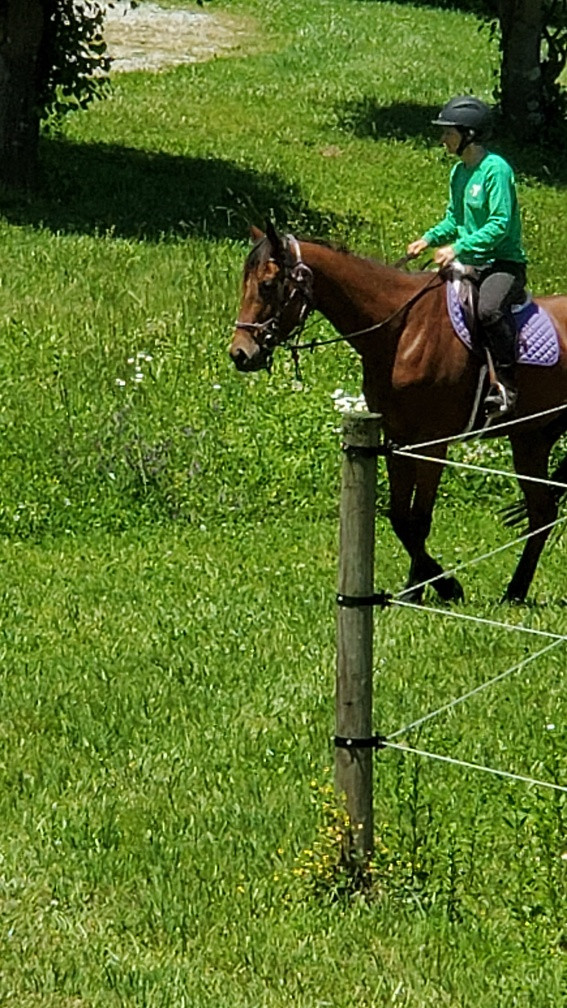
Riding around the warm-up ring, trying to survive the chaos of horses going in all directions, my nerves made me feel sick before I even entered the ring. All I could think about was keeping my horse safe and the possibility of making a mistake that could hurt him. This was my anxiety—the fear of failure, of causing harm.
As riders, we all know that feeling of anxiety creeping in—whether it's before a big competition, an unfamiliar course, or just the pressure to perform well. For years, I struggled with anxiety in my riding, and I know many of you can relate. But here's the truth: it doesn’t have to control us. Over time, I discovered a few powerful mindset shifts that helped me finally overcome my anxiety, and I want to share them with you.
1. Embrace Imperfection – Mistakes Help Us Learn
The first shift was realizing that mistakes aren’t the enemy—they’re part of the process. For so long, I beat myself up over every misstep. Each mistake felt like failure, and that only fueled my anxiety. But once I embraced imperfection, I started seeing mistakes as opportunities to learn and grow. The more I accepted that I wouldn’t be perfect every time, the less pressure I put on myself, and the more I could focus on improving.
Next time you make a mistake, ask yourself: What can I learn from this? Use it as fuel to grow.
2. Shift From Fear to Curiosity – Explore the Fear
Anxiety thrives on fear. For a long time, I avoided the things that made me anxious, but that only let the fear grow. The game-changer for me was leaning into fear with curiosity. Instead of asking, what if I fail? I asked, why do I feel this way?
Exploring my anxiety helped me understand its root and take away its power. I realized that fear isn’t a signal to stop—it’s a signal to pay attention, learn, and grow. Curiosity is key to overcoming anxiety.
3. Build Momentum – Soak Up Courage Pennies!
Every time I took a small courageous step; I added a courage penny to my bank. The more courage pennies I collected, the less room there was for anxiety. I started with small, achievable goals—like taking a deep breath before each ride or focusing on one part of my course. Each small win built my confidence and shifted my mindset.
The more I practiced facing anxiety head-on, the more control I gained. Anxiety became less of a roadblock and more of a sign that I was growing.
Beat Your Anxiety!
If you’re looking for extra support to face your riding anxiety head-on, my Courage Coaching Program is here for you. We’ll work on strategies to strengthen your mindset, embrace challenges, and turn setbacks into steppingstones. Whether you want to improve your riding performance or just build more confidence in everyday life, I’m here to help.
Click HERE to learn more and join the program. Let’s tackle this journey together!
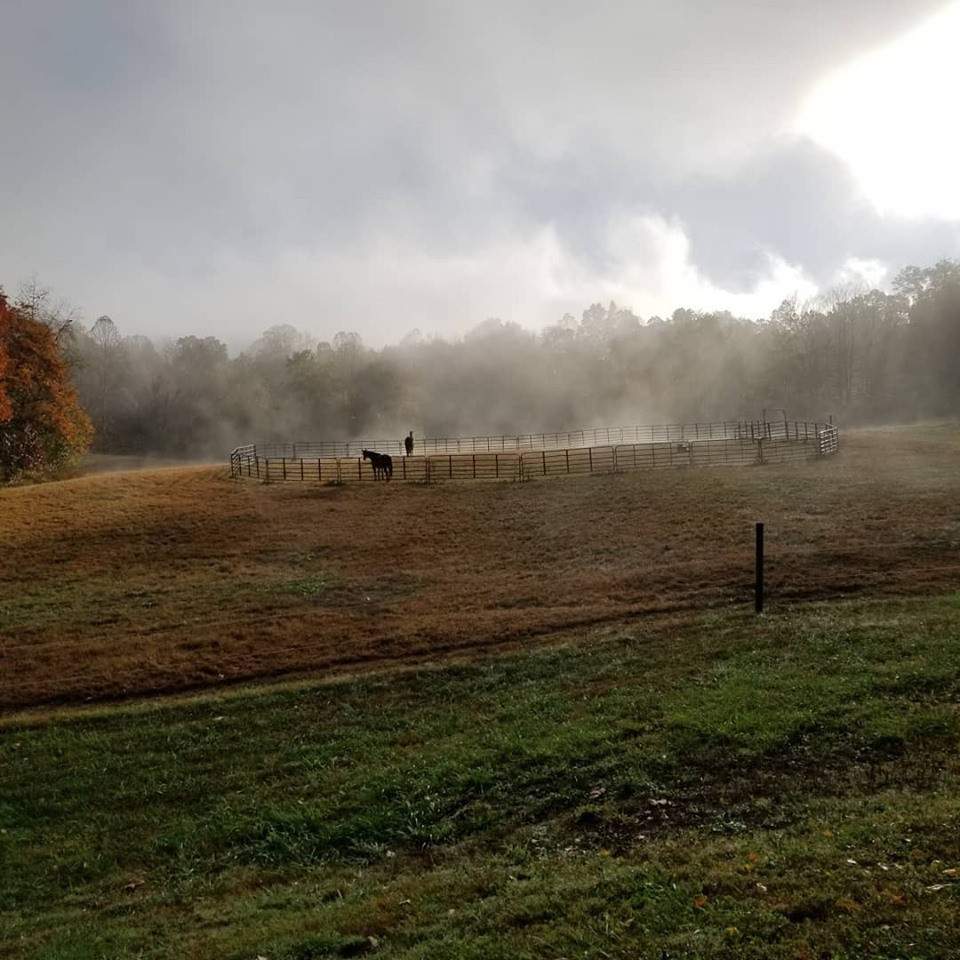
It was an early, chilly morning—the kind where your breath forms little clouds in the air, and even the horses’ breaths steam in the crisp atmosphere. I stood at the in-gate, trying to memorize my course and the jump-off for the first class of the day. The biting cold made my hands shake, and I could feel the tremors travel all the way to my brain, making it harder to concentrate. With so many jumps to remember, I knew if I didn’t focus, the whole thing could fall apart.
We all face challenges—whether it’s riding, studying for a test, or dealing with personal struggles. And while these challenges can be daunting, overcoming them builds our mental resilience. As I prepared for my ride, I reflected on how resilience isn’t just about toughing things out—it’s about growing stronger from the obstacles we face.
Here are a few things that have helped me improve my mental resilience over time:
1. Embrace Challenges as Opportunities to Grow
Instead of seeing challenges as roadblocks, try to view them as opportunities to grow. For example, that cold morning at the in-gate wasn’t just about memorizing jumps—it was a chance to strengthen my focus and determination. Write down the challenges in your life and think about how they could help you grow. Even setbacks can lead to valuable lessons if you approach them with the right mindset.
2. Learn from Mistakes and Setbacks
When things don’t go as planned, it’s easy to get frustrated. But I’ve learned that the most valuable lessons come from reflecting on our mistakes. Take a moment to review where things went wrong and consider what you could do differently next time. For me, this meant reviewing how I prepared for that morning’s class and deciding I needed to sharpen my focus in colder weather. This process of reflection helps build mental toughness and resilience for the future.
3. Set and Revisit Your Goals (Even the Ones You Failed)
This is one of my favorite ways to practice resilience. We all have goals we’ve set and, for one reason or another, didn’t achieve. When I look back at my past resolutions—like the ones I made every New Year but never followed through on—I realize that accomplishing them would have brought me joy. But instead of beating myself up, I took a different approach: I set a new goal to laugh 400 times a day. It was too big to measure, but it kept me looking for moments of joy in every day, which made me more resilient in the process.
These are just a few ways to help you develop mental resilience in riding and in life. Remember, the key is not to avoid challenges, but to meet them with a mindset that lets you grow stronger each time.
Ready to build your mental resilience and take your riding (and life) to the next level?
If you’re looking for a little extra guidance and support to help you face challenges head-on and grow stronger, my Courage Coaching Program might be just what you need. Together, we’ll work on strategies to strengthen your mindset, embrace challenges, and turn setbacks into steppingstones.
If you’re looking for a little extra guidance and support to help you face challenges head-on and grow stronger, my Courage Coaching Program might be just what you need. Together, we’ll work on strategies to strengthen your mindset, embrace challenges, and turn setbacks into steppingstones.
Whether you’re looking to improve your riding performance or simply build more confidence in everyday life, I’m here to help you take that next step. Click HERE to learn more and join the program. Let’s tackle this journey together!
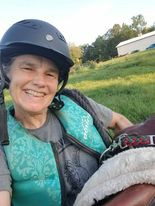
After my accident, I unknowingly spent 20 years living in my own comfort zone. During this time, I avoided trail riding and hacking out with my horses, things I once loved. When I did the math, it shocked me—those 20 years equaled 7,300 opportunities I missed to trail ride. We all have that line, the edge that we struggle to cross, maybe it is mounting, trail riding, cantering, or even in some cases, leading your horse. There is a point, the edge of the comfort zone, that we go from confidence to anxiety or even fear.
Think of your home. It’s your sanctuary, a place where you feel safe and protected from the chaos of the world. Your home is where you rest, recharge, and feel secure. In many ways, your comfort zone is like a subconscious "home" you create for yourself. It’s the mental space where you feel emotionally and physically safe, free from risk, uncertainty, and fear. But just like any home, staying within your comfort zone can eventually limit your experiences and growth.
Our comfort zones are designed to keep us safe from perceived threats—whether emotional, physical, or psychological. They offer a sense of security and stability, much like the four walls of a home. However, staying in that bubble for too long can prevent us from venturing out into the world. It can keep us from embracing new opportunities, trying new things, and facing our fears. There isn't anything wrong with this and each person has to decide if and when they cross the edge of their comfort zone.
The problem with living in a constant state of safety is that life outside the comfort zone is where growth happens. It’s in those moments of discomfort—when we step outside our bubble—that we learn, build resilience, and discover new strengths.
When I finally realized how much time I had lost to fear, I knew I had to push myself beyond the bubble. It wasn’t easy, but every step outside of my comfort zone brought me closer to rediscovering the joy of riding and living fully.
If you’re stuck in your own comfort zone, it’s time to start earning those Courage Pennies. The first step is always the hardest, but with each small victory, you’ll feel more empowered. To help you get started on your journey, I’m offering a free eBook, The Ultimate Guide to Courage Pennies. Inside, you’ll find simple yet powerful steps to help you build courage and move beyond your comfort zone.
Don’t wait another 7,300 opportunities. Take the first step toward living a fuller, braver life today.
